Disclosure: This article contains affiliate links. We may earn a commission from purchases at no extra cost to you, which helps our travel content.
The morning mist clung to the valleys surrounding Cochabamba as I stood atop a weathered stone platform, my fingers tracing patterns carved by hands over a millennium ago. The undulating landscape of central Bolivia stretched before me—a patchwork of emerald fields and terracotta earth that has witnessed civilizations rise and fall long before European boots ever touched this soil. After years of exploring designed spaces across Latin America, I've developed a particular fascination with how ancient peoples shaped their environments, creating structures that speak across centuries. Cochabamba's archaeological sites may not command the same international recognition as Machu Picchu or Tikal, but for students of history and design enthusiasts, this region offers something perhaps more valuable: intimate encounters with the past without the crowds, commercialization, or prohibitive costs that often accompany more famous destinations. Join me as we explore the overlooked Pre-Columbian treasures of Bolivia's central valleys—where the whispers of ancient civilizations still echo through remarkably preserved spaces that tell stories of innovation, adaptation, and artistic expression.
Incallajta: The Northern Fortress of the Inca Empire
My journey began at Incallajta, often called 'Bolivia's Machu Picchu'—though this comparison does both sites a disservice. Where Peru's crown jewel dazzles with dramatic mountain vistas, Incallajta speaks in more subtle tones about the Inca Empire's strategic brilliance.
After a bumpy two-hour drive northeast from Cochabamba city, the site emerges from the landscape like a well-kept secret. I arrived early, having learned from previous archaeological adventures that morning light reveals stonework details that afternoon shadows obscure. The site was blissfully empty except for two archaeology students sketching wall segments in worn notebooks.
'This was the easternmost administrative center of Tawantinsuyu,' explained Eduardo, my local guide, using the Inca Empire's name for itself—'The Four United Regions.' 'From here, they controlled trade routes and defended against invasions from the lowlands.'
What struck me immediately was the adaptive genius in the architecture. Unlike the perfect stonework of Cusco or Machu Picchu, Incallajta's buildings incorporate local materials and techniques while maintaining quintessential Inca design principles. The massive kallanka (great hall) stretches nearly 80 meters—one of the largest roofed structures built in pre-Columbian America.
As we explored, I documented doorways with my mirrorless camera, capturing how the trapezoidal shapes—narrower at top than bottom—have withstood centuries of seismic activity. This design wasn't merely aesthetic; it was ingenious engineering for earthquake resilience.
'Touch this wall,' Eduardo suggested, guiding my hand to a seemingly ordinary stone surface. 'Feel how the blocks fit together without mortar.' My fingers found the nearly imperceptible seams between massive stones—a hallmark of Inca craftsmanship that has fascinated me throughout my travels in the Andean region.
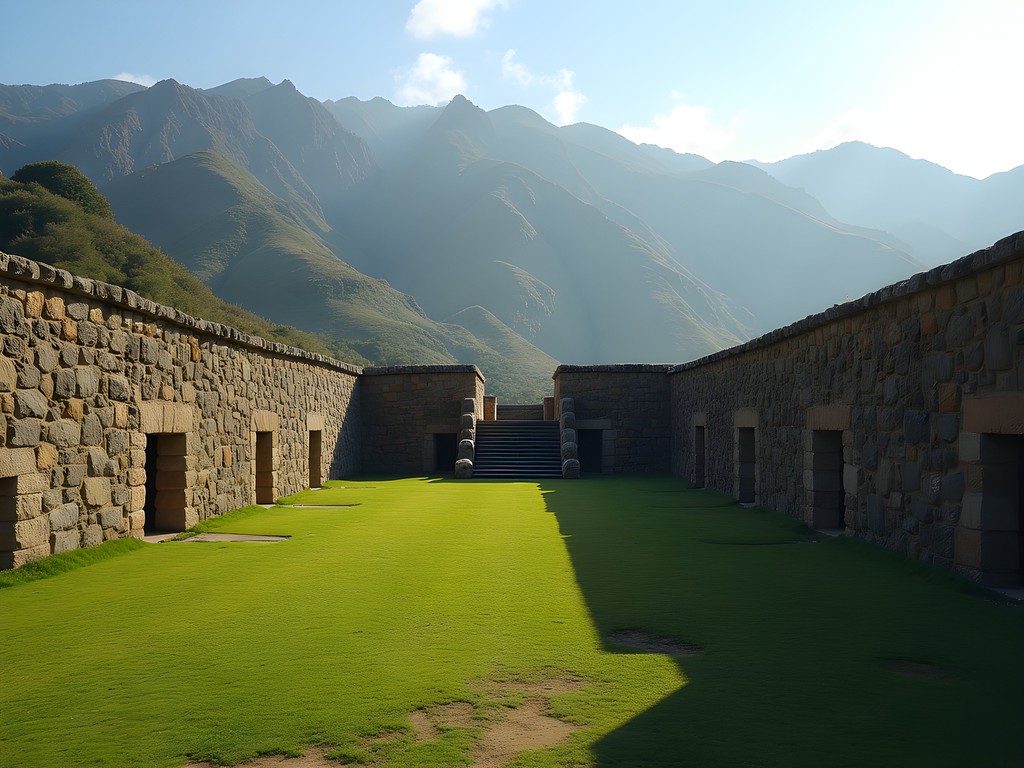
💡 Pro Tips
- Arrive before 10 AM to experience the site with few other visitors and optimal morning light for photography
- Hire a local guide from Pocona village rather than from Cochabamba city for more detailed cultural context
- Wear hiking boots with ankle support—the site covers extensive terrain with uneven stone pathways
Incarracay: The Forgotten Outpost
Less frequented than Incallajta but equally fascinating is Incarracay, tucked away in the Pocona Valley about 85 kilometers southeast of Cochabamba. The journey here feels like traveling back in time—winding mountain roads lead through traditional communities where agricultural practices have remained largely unchanged for centuries.
I arrived at midday to find myself completely alone at the site, save for a caretaker who emerged from a small stone house to collect the modest entrance fee (about 10 bolivianos, or $1.50). This solitude created an atmosphere that's increasingly rare at historical sites—the luxury to observe, sketch, and contemplate without competing for viewing space.
'Most tourists don't know about this place,' the caretaker told me in Spanish tinged with Quechua intonations. 'Sometimes we get archaeology students, but mostly it's just the wind visiting these stones.'
Incarracay reveals itself as a compact administrative center with distinctive architectural elements that blend Inca imperial style with local building traditions. What fascinated me most was evidence of its function as an astronomical observation point. Several structures align precisely with solstice and equinox positions—a testament to the sophisticated understanding of celestial movements that informed Andean architecture and agriculture.
I spent hours documenting the site in my travel journal, making sketches of unusual stone carvings and noting how certain doorways framed specific mountain peaks when viewed from ceremonial platforms. These intentional alignments speak to the holistic worldview of Pre-Columbian cultures, where built environments served as interfaces between human activity and cosmic order.
As afternoon shadows lengthened across the stone courtyards, I unpacked a simple lunch of local cheese, bread, and chicha (corn beer) purchased from a family at the valley entrance. Sitting on ancient steps, watching condors circle overhead against the impossibly blue Andean sky, I experienced that rare sensation where time feels simultaneously collapsed and expanded.
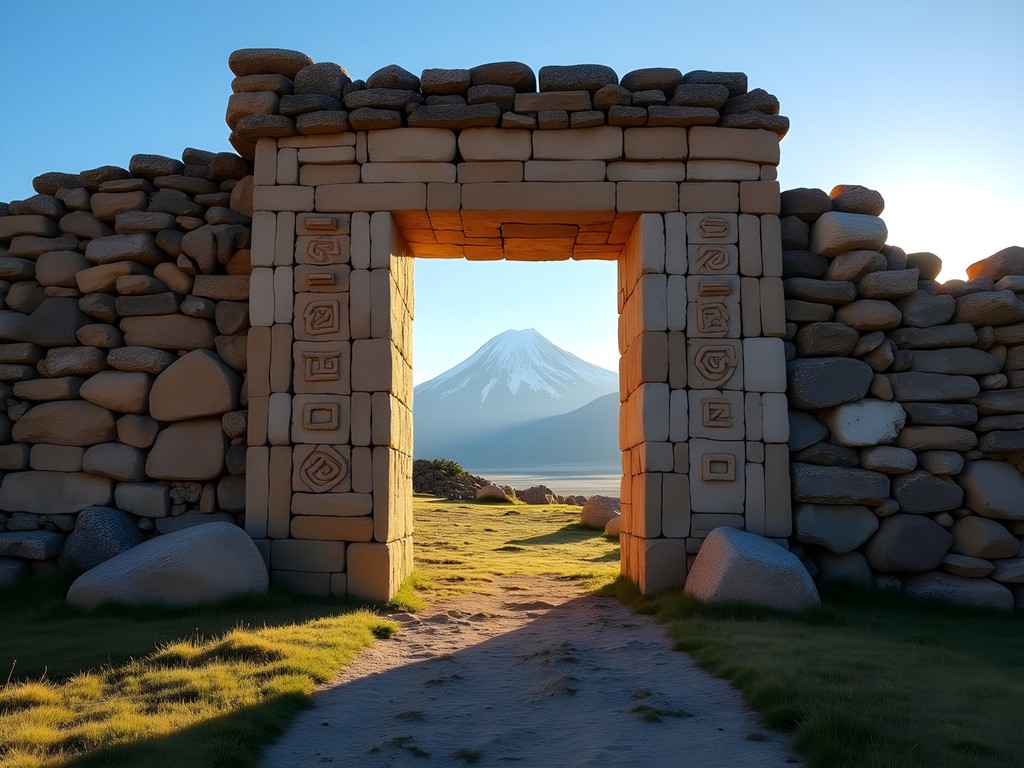
💡 Pro Tips
- Bring sufficient water and food as there are no services at the site
- Download offline maps before departing Cochabamba as cellular service is nonexistent in the valley
- Consider hiring a driver for the day (approximately 350 bolivianos) as public transportation to the site is limited and unreliable
Arani Petroglyphs: Messages in Stone
While Cochabamba's Inca sites receive the lion's share of archaeological attention, the region's history extends thousands of years deeper. The Arani petroglyphs, scattered across boulder fields in the eastern valleys, offer glimpses into pre-Inca cultures that inhabited these fertile lands.
Reaching the main petroglyph field requires a morning commitment. I arranged transportation through my hostel in Cochabamba city to the town of Arani (about an hour's drive), then hired a local guide for the 40-minute hike to the site. The trail winds through agricultural terraces that have been continuously cultivated since pre-Columbian times—a living heritage landscape where modern farmers use techniques developed by their ancestors millennia ago.
'My grandfather showed me these drawings when I was small,' explained Martina, my guide from the local community. 'He told me they were messages from the ancestors about when to plant and when the rains would come.'
The petroglyphs themselves appear abstract to untrained eyes—spirals, concentric circles, anthropomorphic figures with exaggerated features. But as Martina interpreted their meanings, connections to agricultural cycles, water sources, and celestial movements became apparent. Some designs clearly track solstice positions; others map underground water sources that remain crucial to local farming.
I spent the afternoon documenting these stone messages, carefully photographing each panel and recording Martina's interpretations. The experience highlighted something I've encountered repeatedly in my travels: how indigenous knowledge systems preserve sophisticated environmental understanding through seemingly simple visual codes.
As we hiked back to Arani village, Martina pointed out medicinal plants growing alongside the trail, explaining their uses in traditional healing practices that have continued uninterrupted despite centuries of colonization. This seamless connection between past and present—where ancient knowledge remains relevant to daily life—is what makes Cochabamba's archaeological landscape so distinctive.
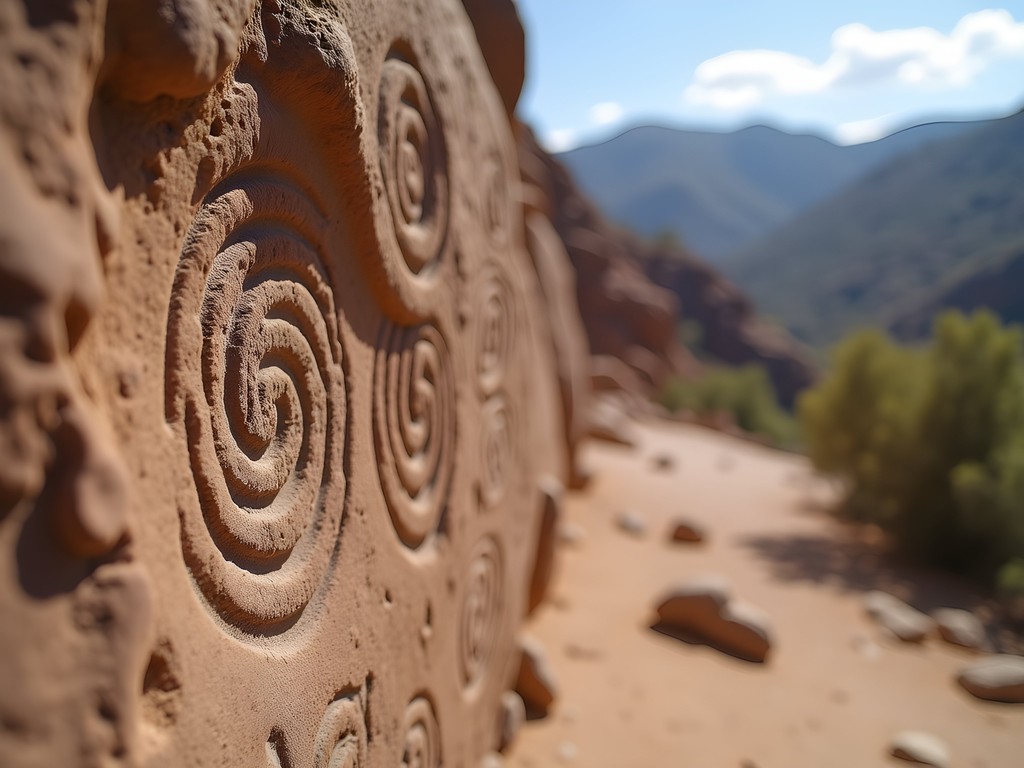
💡 Pro Tips
- Wear a wide-brimmed hat and apply sunscreen liberally—the petroglyph fields offer no shade
- Bring cash for guide fees (approximately 100 bolivianos) as there are no ATMs in smaller villages
- Learn basic Quechua greetings to connect with local guides who appreciate visitors showing interest in their language
Convento de San Francisco: Where Worlds Collided
No exploration of Cochabamba's layered history would be complete without examining how indigenous and European design traditions collided and merged following Spanish colonization. The Convento de San Francisco in Cochabamba city center offers a fascinating window into this cultural synthesis.
Built in the 16th century atop what was likely a pre-Columbian ceremonial site, the convent complex reveals how colonial architecture incorporated indigenous craftsmanship and symbolism—sometimes overtly, other times in subtle acts of resistance.
'Look up at the ceiling roses,' whispered Gabriela, the site's curator, as we stood in the main chapel. 'The Spanish saw decorative flowers, but for the indigenous artisans who carved them, these were actually sun symbols—their way of maintaining connection to ancestral beliefs while appearing to embrace Christianity.'
Throughout the complex, similar dual-coded elements appear: Christian saints with facial features resembling Andean deities; European architectural proportions executed using local construction techniques; plant motifs that reference indigenous medicinal knowledge rather than European decorative traditions.
I spent hours photographing these details with my macro lens, which reveals intricate carving details invisible to the naked eye. These images help me document how colonized peoples maintained cultural continuity through design—a theme that resonates throughout Latin America but takes unique forms in each region.
The convent's museum houses an impressive collection of textiles that further illustrate this cultural dialogue. Pre-Columbian weaving patterns appear in colonial-era liturgical garments, creating objects that exist between worlds—neither fully European nor indigenous but something distinctively Bolivian.
'These aren't just historical artifacts,' Gabriela explained as we examined a particularly stunning ceremonial robe. 'They're evidence of cultural resilience—how people found ways to preserve identity even under extreme pressure to abandon it.'

💡 Pro Tips
- Visit on Tuesday mornings when local art students sketch in the courtyards, often willing to share their insights on architectural details
- Request the specialized architectural tour (available in Spanish only) for access to normally closed sections with the best-preserved indigenous elements
- Bring a small flashlight to illuminate dark corners where some of the most interesting syncretic carvings are hidden
The Living Heritage of Cochabamba's Markets
Archaeological sites provide crucial windows into the past, but in Cochabamba, pre-Columbian heritage lives on most vibrantly in the region's markets. La Cancha—one of South America's largest open-air markets—offers a sensory immersion into living traditions that connect directly to ancient practices.
On my final day in Cochabamba, I joined a local cultural guide named Teresa for a market tour focused specifically on indigenous design continuity. We began in the textile section, where weavers from surrounding communities sell products that utilize patterns and techniques developed centuries before European arrival.
'This isn't just a tourist market,' Teresa emphasized as we examined a particularly fine alpaca weaving. 'These textiles are still part of community identity. Each pattern tells you which region the weaver comes from, sometimes even which specific village.'
I've documented vernacular design across Latin America for years, but Cochabamba's textile traditions stand out for their remarkable preservation of pre-Columbian symbolism. Geometric patterns that appear on thousand-year-old pottery fragments continue to be woven into contemporary ponchos and mantas. Color combinations that once signified specific Andean ayllus (community groups) remain consistent markers of regional identity.
Beyond textiles, we explored sections selling traditional medicines, agricultural tools, and ceremonial items that maintain direct connections to pre-Columbian knowledge systems. I was particularly fascinated by the herb vendors, whose carefully arranged displays categorize plants according to indigenous understandings of their properties—hot/cold, wet/dry—rather than Western pharmacological classifications.
For students of Andean cultures, these market interactions provide invaluable context for understanding the archaeological sites surrounding the city. I filled my packing cubes with small textile pieces, each representing different regional traditions, creating a portable reference collection of design motifs I'd encountered at various archaeological sites.
'What makes Cochabamba special,' Teresa explained as we sipped api (a traditional corn drink) at a market stall, 'is that we don't see our heritage as something only in museums. It's in our hands every day—how we weave, how we farm, how we prepare food. The ancestors are still teaching us.'

💡 Pro Tips
- Visit La Cancha on Wednesday or Saturday mornings when rural producers bring the freshest and most diverse products
- Ask permission before photographing vendors or their goods—a small purchase usually earns goodwill for photos
- Bring small bills (10-20 boliviano notes) as vendors rarely have change for larger denominations
Final Thoughts
As my week in Cochabamba drew to a close, I found myself sitting on the central plaza, watching children play around the fountain while elderly men debated politics on sun-drenched benches. This scene—so ordinary yet timeless—embodied what makes this region's heritage so compelling: its seamless continuity. Unlike archaeological sites that stand as isolated monuments to vanished civilizations, Cochabamba's pre-Columbian heritage remains woven into daily life, informing everything from agricultural practices to artistic expression. For students of history, design, or anthropology, this living connection offers something precious: the opportunity to see how ancient knowledge adapts and persists through centuries of change. Whether you're tracing your fingers along Inca stonework at Incallajta or deciphering textile patterns in La Cancha market, you're participating in a conversation across time—one that continues to shape Bolivia's cultural landscape. I invite you to walk these ancient footsteps yourself, to listen to the stories embedded in stone and thread, and to witness how the past breathes through the present in the valleys of Cochabamba.
✨ Key Takeaways
- Cochabamba offers accessible, uncrowded archaeological sites that provide intimate connections with pre-Columbian cultures
- Local guides provide crucial cultural context that connects ancient sites to living traditions
- The region's markets showcase how indigenous design traditions continue to evolve while maintaining core pre-Columbian elements
- Winter (May-August) offers ideal exploration conditions with clear skies and moderate temperatures
📋 Practical Information
Best Time to Visit
May through August (Bolivian winter)
Budget Estimate
$30-50 per day including accommodations, food, and local transportation
Recommended Duration
5-7 days
Difficulty Level
Moderate


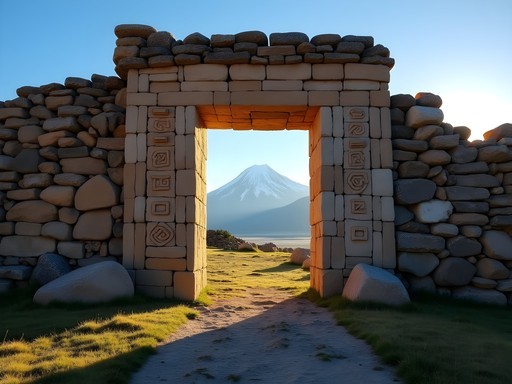





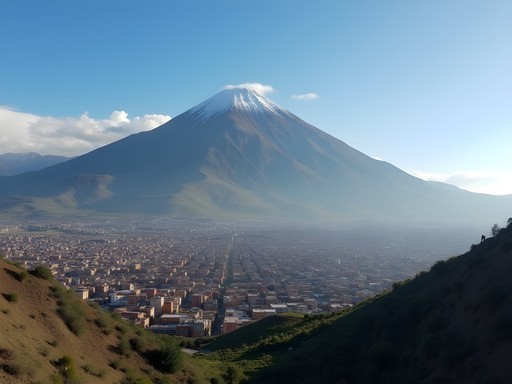
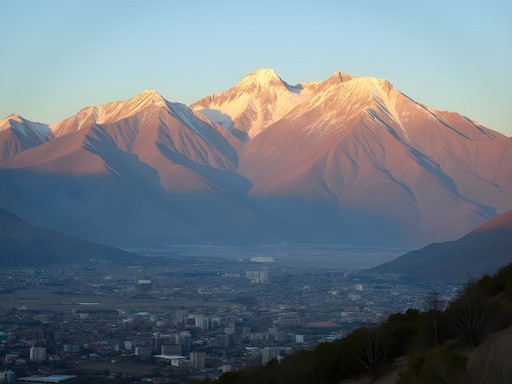






Comments
nomadperson
Those stone carvings look amazing! Adding this to my Bolivia itinerary!
backpackqueen
I visited the Arani Petroglyphs last year and they were incredible, but so off the beaten path! We almost couldn't find them. The local family who showed us around explained meanings behind some symbols that weren't in any guidebook I read. They said the spiral patterns related to water sources and agricultural cycles. Did you try any of the local chicha while you were in the region? The brewing tradition supposedly dates back to pre-Columbian times too!
moonmaster
Great post! How did you get to Incallajta? I'm planning a trip for next month and wondering if I need to rent a car or if there are tours available from Cochabamba city?
Olivia Sanchez
I arranged a day tour through my hostel which included transportation. There are several operators in the city center offering this. If you're comfortable driving on mountain roads, rental is an option, but the local tours are reasonably priced and include guides who really know their history!
moonmaster
Thanks so much! I'll look into the tours - sounds much easier than driving myself.
winterguy
Just got back from Cochabamba last month and Incallajta blew me away! The scale of those walls is something photos don't capture. We hired a local guide who pointed out astronomical alignments I would've completely missed. The drive there was an adventure itself - those mountain roads are no joke. Did you notice how the fortress walls align with the summer solstice? Our guide showed us that feature and it completely changed how I saw the site.
Olivia Sanchez
Yes! The astronomical alignments were fascinating. I was lucky enough to speak with an archaeologist working there who explained the calendar functions of some structures. The engineering knowledge they had was incredible.
moonking
Those Incallajta photos are incredible! The stonework is so precise even after all these centuries. Definitely adding to my bucket list.
Claire Hawkins
Your post brought back such vivid memories of our family trip to Cochabamba last spring! My kids (8 and 10) were absolutely fascinated by the Arani Petroglyphs - they spent hours making crayon rubbings of the designs in their travel journals. One tip for families: the local museum in Cochabamba has a wonderful children's program on Saturdays where they teach traditional pottery techniques inspired by pre-Columbian designs. It was a highlight for us and helped the kids connect with what they were seeing at the actual sites. The museum guide also told us about a small site near Tarata that wasn't in any of our guidebooks - ancient storage buildings built into the hillside. Worth the detour if you're heading that way!
Olivia Sanchez
That pottery workshop sounds amazing, Claire! I wish I'd known about it. And those storage buildings near Tarata - adding to my list for next time. It's wonderful hearing how your kids engaged with the history there!
mountainblogger
Great post! I'm planning a trip to Bolivia next month and want to include Cochabamba. How many days would you recommend to see these pre-Columbian sites properly? And did you use public transportation or hire a driver to reach places like Incallajta? I'm traveling solo and trying to figure out the logistics.
Olivia Sanchez
I'd recommend at least 3 full days to see the major sites without rushing. For Incallajta, I hired a driver through my hostel (~$60 for the day) since public transport is spotty. But Incarracay and the Convento are accessible by local buses - just be prepared for flexible schedules! The tourist office in the main plaza can help with current bus times.
moonking
I did it all by public transport last year! Cheap but takes patience. Bring a good travel guide with maps since cell service is spotty out there.
redqueen
I visited Incallajta last year and was blown away! The site feels so much more intimate than Machu Picchu - barely any tourists and you can really connect with the history. The local guide we hired in Cochabamba (ask for Miguel at the tourist office) knew so much about the astronomical alignments of the structures. Did you notice how the main temple aligns perfectly with the sunrise during solstice? Also, that bumpy road to get there is quite the adventure, but totally worth it. Did you try the api with pastries from the village nearby?
Olivia Sanchez
Yes! That road was quite the journey - our driver called it 'Bolivian massage' haha. I did try the api! Such a perfect warm drink for the chilly morning at the site. And you're right about the solstice alignment - our guide mentioned it but we weren't there at the right time to see it.
redqueen
Bolivian massage - that's perfect! 😂 I'm going back in November and planning to check out those Arani Petroglyphs you mentioned. They weren't on my radar last time!
wildmate
That shot of the morning mist over the valley is absolutely stunning! What time did you have to wake up to catch that perfect light?
Olivia Sanchez
Thanks! That was around 6:30am in February. The caretaker at Incallajta let me in early specifically to catch that light. Definitely worth the 5am wake-up call!
Sophia Gomez
Olivia, your post brought back so many memories! I was in Cochabamba for a business conference last year and managed to sneak away for a day trip to Incallajta. What struck me most was how the site blends so seamlessly with the natural landscape - something your photos capture beautifully. For anyone planning to visit, I highly recommend bringing your hiking boots as the terrain can be uneven and sometimes muddy, especially around the outer walls. Also worth noting: the public bus from Cochabamba takes about 3 hours each way, but costs next to nothing compared to private transport. Just be prepared for a bumpy ride with locals and their livestock!
Venture X
Premium card with 2X miles, $300 travel credit, Priority Pass